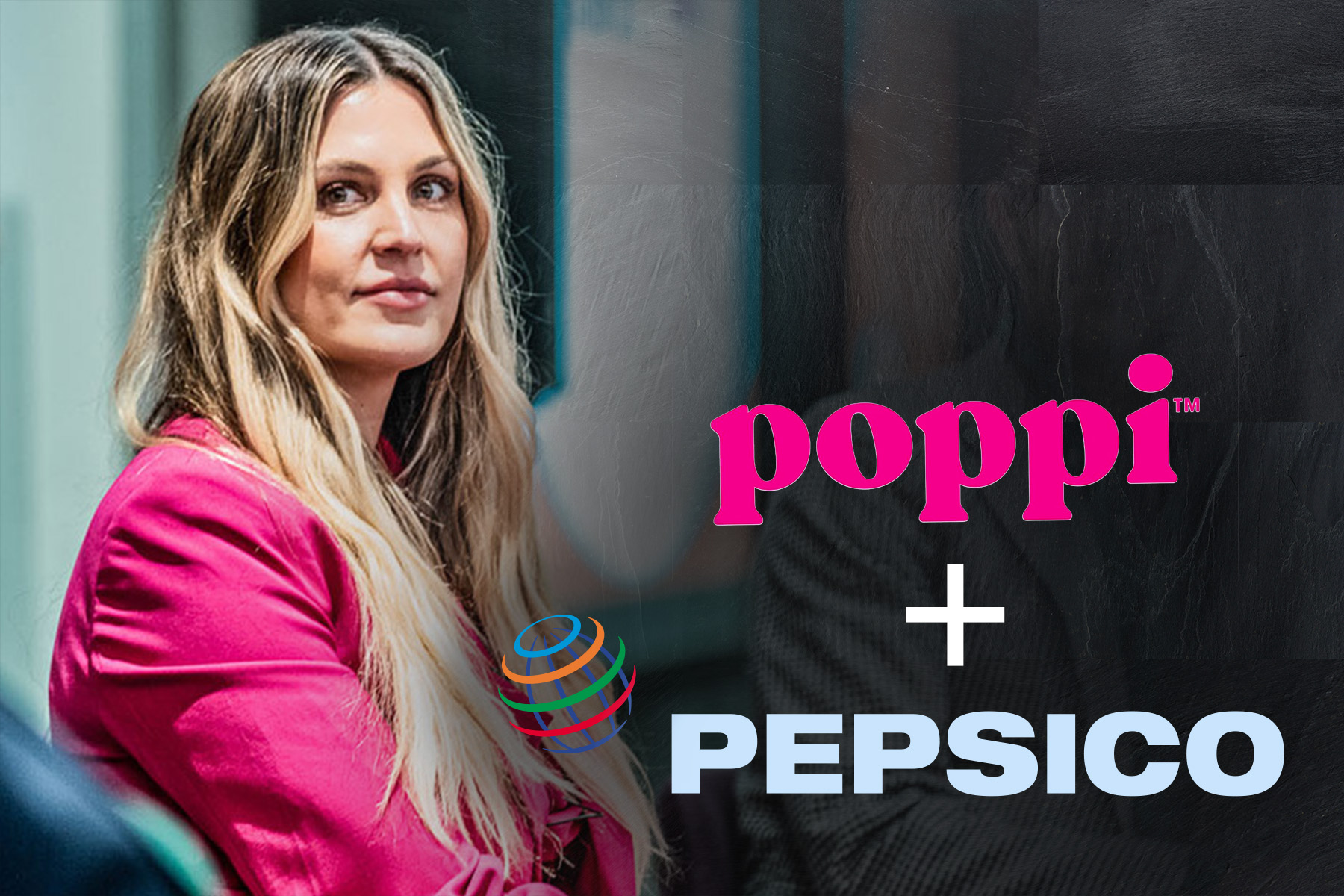
Future Smarts Analyst Panel Recap
CSD Pricing, Pepsi Refranchising, LaCroix Challenges Discussed
BD held its annual Future Smarts conference on Dec. 7, 2018 in New York. Many of the sessions were covered in the Dec. 14 issue. The following is a synopsis of a panel with Wall Street analysts who cover public beverage companies. BD will publish highlights of sessions covering cannabis and plastic sustainability in the next issue.
Goldman Sachs. Judy Hong, beverage analyst for Goldman Sachs, said the U.S. non-alcoholic ready-to-drink beverage industry was on track to reach +2.5% net sales growth for 2018 after about +2% growth in 2017 and relatively flat performance the previous year. Nine of 11 sub-categories, including carbonated soft drinks, contributed to that growth. The biggest contributors were energy drinks, value-added water and sparkling water, Hong said. Despite the sales growth, profit margins were pressured in 2018 as input costs including aluminum and shipping jumped. Hong estimated those margin pressures will subside this year, helping margins if pricing holds.
HSBC. Beverages Analyst Carlos Laboy from HSBC discussed evolving digital platforms in Latin America, calling them “the most transformational thing that we’ve seen happening out there in the global bottling space.” Laboy cited Coke Femsa as a key digital innovator, using an advanced analytics tool to segment the market down to individual points of sale to increase per-capita consumption. “They first went out and spent about three years building a data lake with 7,000 variables by point of sale,” he said. “They employ artificial intelligence and analytics to analyze all this information and they use that data to segment and sub-segment all of their stores in many different ways.” Laboy added: “This tool really allows them to become an even better market developer, and in their view it’s the most powerful tool they have.” Laboy said Coke Femsa used the tool to grow revenue per case by +6% in Mexico, even though it is a mature market with some of the highest per-capita consumption rates in the world. “And they’re just barely scratching the surface on how do they even want to use this tool,” he added.
Macquarie. Caroline Levy with Macquarie Research said she doesn’t remember a time in “many, many” years where carbonated soft drinks led other categories, including beer, on pricing growth. In the 12 weeks ended Nov. 18, according to IRI, soda pricing grew +4.9% compared to +3.1% for bottled water, +1.9% for beer and -1.5% for energy. “That’s a little disturbing,” Levy said of energy drink pricing.
CSD Pricing. When asked how long the carbonated soft drink industry can continue to grow pricing, Levy said,
“The will is there, and that’s the most important thing. I don’t see anyone breaking ranks.” She predicted +2%pricing growth for CSDs this year as the category drafts off growth of premium brands in other categories, strong marketing by Coca-Cola and improved performance by Pepsi. Carlos Laboy also was positive. “There is plenty of runway for years to come in the U.S. soft drink industry, where it’s now a different game,” he said. “You will get pricing probably in line with or ahead of inflation, and mix is something that you don’t donate to the retail trade. Mix is something that [manufacturers are] going put in their own pocket.”
LaCroix Struggles. When asked about LaCroix’s sales slowdown late last year, Hong said that while she doesn’t cover National Beverage, her team tracks sales data for the brand and the sparkling water category. She attributed some of the recent softness to a slowing of distribution gains now that LaCroix has penetrated much of the retail market. Sparkling Ice also has posted strong gains, likely cutting into LaCroix’s growth, she said. Hong also said recent negative publicity has likely contributed as well.
Pepsi Refranchising? Weighing in on whether new PepsiCo CEO Ramon Laguarta will be forced by competitive pressures to refranchise the company’s North America bottling operations, Levy said,” I don’t think owning bottling is a successful strategy for Pepsi.” She and Laboy agreed refranchising would require PepsiCo to write down the value of the bottling system. “Think of all the idle capacity you’ve got in the system now since the Pepsi Bottling Group and Pepsi America’s deal was done,” Laboy said, adding, “Then they’re going to need willing buyers for that business, so I’m not sure that path works.” Hong was skeptical, at least in the near term. “Both were always very different companies to begin with,” she said. “The operating philosophies and the way they operated were very different. PepsiCo has Frito-Lay, which clearly has the supply chain that is very different than a concentrate model.” Hong added: “Our sense is that they’re likely to focus more in the near term, on really trying to make the top line and profit better before really taking on a bigger strategic initiative.”

